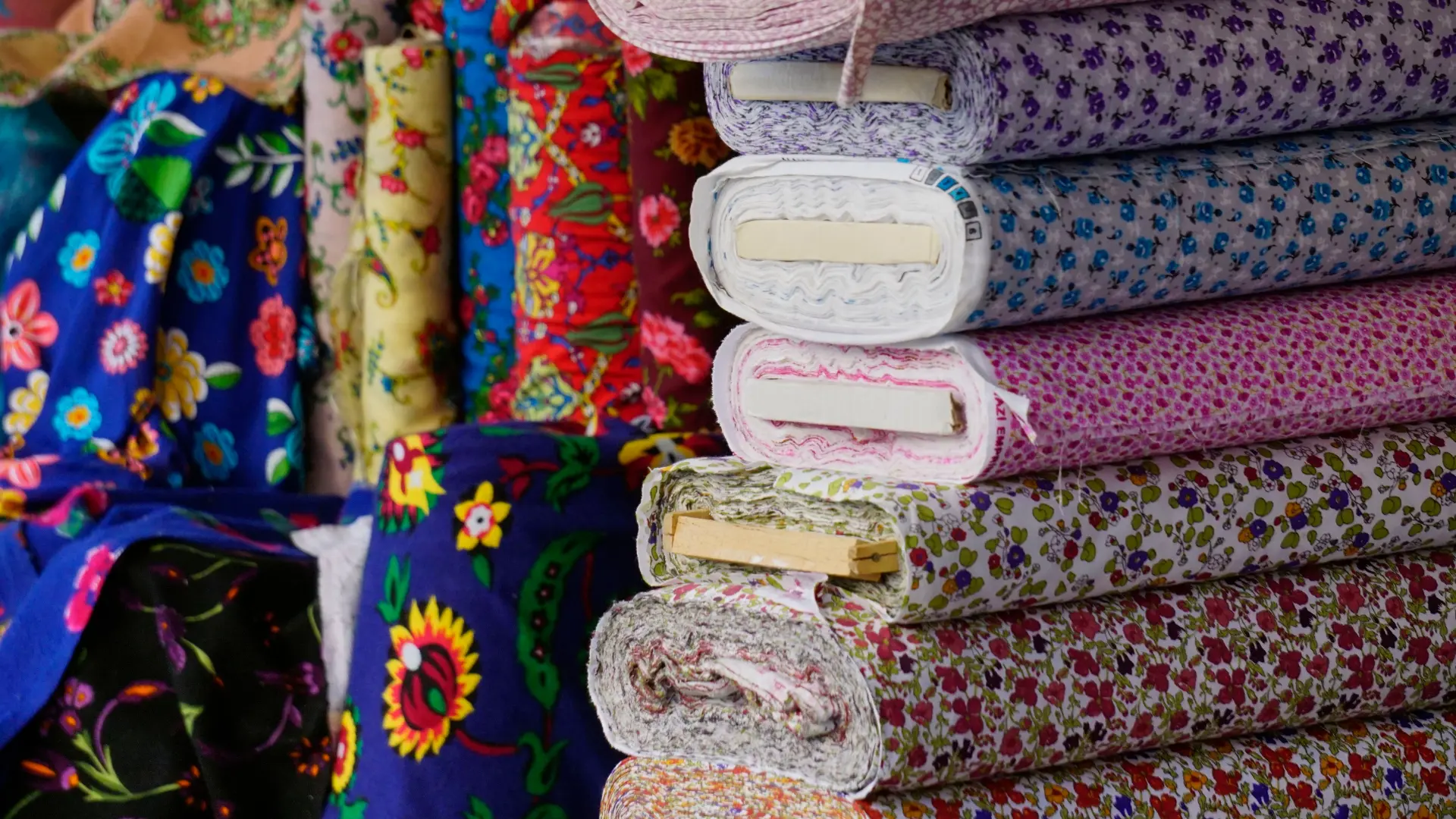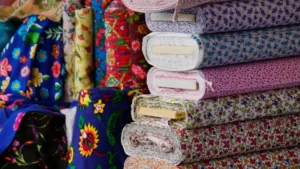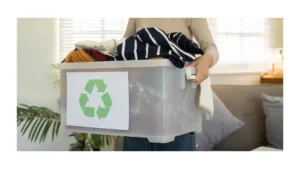The global fashion industry has always been about creativity, identity, and expression, but it is also one of the world’s most polluting sectors. From water pollution to overflowing landfills, the environmental footprint of fashion is immense.
Every year, millions of tons of textiles are discarded, with synthetic fabrics like polyester and nylon taking centuries to decompose. As the urgency for sustainability grows, the spotlight is shifting toward biodegradable fabrics—textiles designed to return safely to nature once their use ends.
Much like recycled and upcycled Fashion and Charity Shop Clothes, biodegradable fabrics represent a crucial step in building a fashion system that balances style with responsibility.
What Makes Fabrics Biodegradable?
Biodegradable fabrics are made from natural materials that can be broken down by microorganisms into harmless organic matter. Unlike synthetics that release toxic microplastics, these textiles complete their life cycle without lasting damage. The process of decomposition varies—some fabrics break down within months under composting conditions, while others may take a few years.
Common biodegradable fabrics include organic cotton, hemp, bamboo, silk, and wool. Innovations are also producing exciting new alternatives such as fabrics from banana stems, orange peels, and mycelium (mushroom roots). These not only return to the soil but often come from renewable resources, reducing strain on ecosystems.
Why Biodegradable Fabrics Are Essential
The appeal of biodegradable fabrics goes beyond environmental marketing. They directly address some of the fashion industry’s biggest challenges:
- Landfill waste: Traditional fabrics pile up in landfills, while biodegradable fabrics break down naturally.
- Pollution reduction: They decompose without toxic residues or microplastic release.
- Circular fashion compatibility: They complement recycling, composting, and second-hand use, making them central to sustainable fashion practices.
For consumers already exploring charity shop clothes or sustainable shopping models, biodegradable fabrics are a natural extension of conscious consumption.
Types of Biodegradable Fabrics
Organic Cotton
Grown without harmful pesticides and fertilizers, organic cotton is breathable, soft, and far less damaging to soil health. Unlike conventional cotton, it decomposes quickly under composting conditions, often within a few months.
Hemp
Hemp is among the most eco-friendly crops, requiring little water and no pesticides. Its fibers are strong, durable, and biodegradable. Hemp fabrics become softer over time, making them both practical and sustainable.
Bamboo
Bamboo grows rapidly and absorbs large amounts of carbon dioxide. While some bamboo fabrics involve chemical processing, bamboo lyocell is produced through a closed-loop system that maintains biodegradability.
Wool and Silk
Natural animal fibers like wool and silk break down effectively when untreated. Wool adds insulation and durability, while silk is valued for its softness and sheen. Both biodegrade faster than synthetic alternatives.
New Innovations
- Tencel™ (Lyocell), made from wood pulp, is produced using eco-friendly closed-loop technology.
- Banana and pineapple fibers offer strong, lightweight alternatives using agricultural waste.
- Orange fiber transforms citrus by-products into a silky textile.
- Mycelium leather mimics traditional leather but is fully biodegradable.
Environmental Benefits Beyond Decomposition
Choosing biodegradable fabrics has ripple effects throughout the production cycle. Many of these fabrics require fewer resources and create less waste during manufacturing. Hemp, for example, enriches rather than depletes soil, while bamboo regenerates quickly and captures more carbon than many trees.
Another major benefit lies in reducing microplastic pollution. Washing synthetic fabrics sheds plastic fibers that end up in oceans and enter the food chain. Biodegradable fabrics significantly minimize this invisible but harmful form of pollution.
Challenges Facing Biodegradable Fabrics
- Disposal InfrastructureAlthough biodegradable fabrics break down naturally, many end up in landfills lacking the oxygen and conditions needed for proper decomposition. In such cases, they may release methane, a potent greenhouse gas.
- Cost of ProductionScaling up biodegradable textiles can be more costly than producing synthetics. Emerging innovations like mycelium leather require heavy investment before becoming affordable.
- Perceived Durability IssuesSome consumers believe biodegradable fabrics are fragile compared to synthetics. In reality, textiles like hemp and Tencel™ are highly durable, but misconceptions remain.
- Processing ConcernsFabrics bleached or treated with harsh chemicals may lose their ability to fully biodegrade. Ensuring eco-friendly processing is just as important as using natural fibers.
Consumer Awareness and Market Growth
Consumer demand for sustainable products is steadily rising, yet many shoppers still lack knowledge about biodegradable fabrics. Familiar names like cotton or wool are understood, but newer terms such as lyocell or orange fiber often cause confusion.
Brands play a central role in bridging this gap. Transparent labeling, consumer education, and collaborations with eco-certification bodies can make biodegradable fabrics more approachable. Just as people now seek out recycled and upcycled fashion, they may begin to prioritize biodegradable textiles once benefits are better communicated.
Looking Ahead
The future of fashion is closely tied to innovation in textiles. Designers and brands are experimenting with fully compostable clothing lines, and policymakers in Europe are beginning to push for stricter regulations on textile waste. Biodegradable fabrics align perfectly with a vision of circular fashion where materials are designed for life after use.
For individuals, the transition starts with informed choices. Supporting brands that use biodegradable fabrics, choosing second-hand pieces, or embracing Charity Shop Clothes all contribute to reducing the fashion industry’s environmental footprint. As more people demand accountability and innovation, biodegradable fabrics are poised to become the foundation of a truly sustainable wardrobe.







